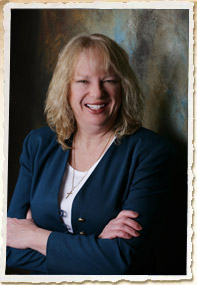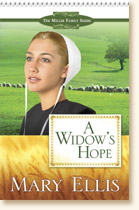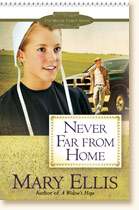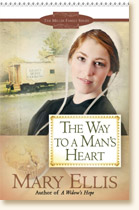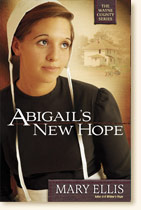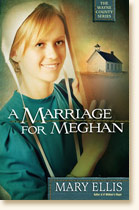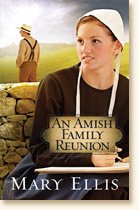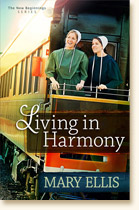Can anybody handle a procedure instead of a recipe?
Kentucky Cornbread by Nannie Bray
This comes from my best friend, who was taught by her mother, Nannie Bray,
a lifelong Kentucky resident. It is a procedure, not a recipe. As unbelievable as it may seem, her mom never owned a cookbook, or an official measuring cup or spoon. Nevertheless, everyone loved her cornbread.
Preheat oven to 400 degrees. Use a tablespoon and put two scoops of lard in a 10 inch iron skillet and place in over while it is preheating. (Mom always used lard, but I have found that shortening works fine and is easier on my heart and mind.) Meanwhile, she used her cupped right hand as a measuring cup. In a mixing pot or bowl, put 2 heaping cups of corn meal mix, 1 heaping cup of self-rising flour, one generous pinch of salt, and mix with the right hand. (She never used a spoon to mix.) Get the buttermilk ready on the counter. Remove the iron skillet from the over. Make sure that all the lard is melted. Roll the lard all around the skillet and up half way on the sides. Pour the extra in the cornmeal and flour mixture. Make sure that 1/4 inch of oil remains in the skillet. Put the skillet back in the oven to get really, really hot. Mix the cornbread mixture up by adding some buttermilk. Stir with the right hand and add buttermilk until it is a thick mixture, but can still be poured with a little help from the hand.
Take the skillet out, the lard might be ‘smoking’ a little, but you can see the swirls from the heat. Pour the cornbread mixture (should sizzle when it hits the oil), scrap the bowl with the hand and put in hot oven. Bake for about 20 minutes or until the bread is firm to the touch in the middle. This makes for a crunchy crust on sides and bottom. If there is any left overs, it will not be the crust, and will not be thrown out. Leftovers will be used for the infamous Kentucky cereal, AKA Cornbread and Milk!
Kentucky Chess Pie
While writing A Little Bit of Charm, I asked Kentucky resident, Linda Hitchcock, to supply me with a traditional pie recipe. This is Chess Pie by her aunt, Peg Hersman Triplett. Linda told me this pie is a Kentucky favorite! Many versions of Chess Pie exist, some with cream or milk, some with flour in place of cornmeal. Still others add lemon in place of vanilla and eliminate the vinegar. Some even add chocolate, although Linda feels her Aunt Peg’s is the best! This recipe came from her mother, (Linda’s grandmother) who died in 1933.The origins are murky but it has been suggested the recipes originated in England, were brought to the Virginia Colony and then to Kentucky where they became popular. The pies are usually served at room temperature and don’t need embellishment, although whipped cream is nice. They are stored at room temperature~ and were probably held in pie safes in previous eras. Chess pie is made with ingredients readily available on a farm, quickly assembled and easily doubled or tripled for a large family. Enjoy!
1 (9”) unbaked pastry shell, homemade or favorite store bought
1 stick, 1/2 cup butter, melted
1 1/2 cups sugar
3 eggs, lightly beaten
2 tablespoons cornmeal
1 tablespoon white vinegar
1 tsp. vanilla
Preheat oven to 350 degrees. Melt butter, stir in sugar, add cornmeal, beat in eggs, one at a time, beating well, and add vinegar and vanilla. Pour into unbaked pie shell. Bake at 350 for 40-45 minutes until set and lightly brown on top.
More tidbits about the Amish
I learned some interesting facts about the Amish of Kentucky while researching A Little Bit of Charm. Many of the Amish and Old Order Mennonite farmers have started growing strawberries commercially, while others have built hothouses to extend their season. Frequently raised vegetables are rhubarb, squash, tomatoes, potatoes, and pepper varieties, both sweet and hot. Here’s a photo of me standing in a field of soybeans. 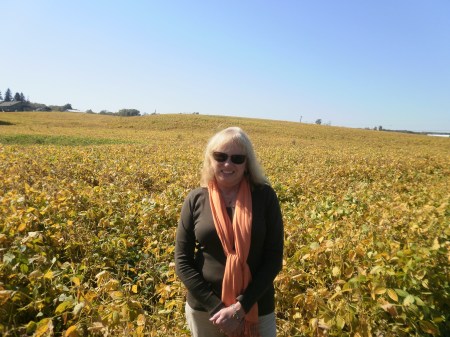
Also I learned about another way the Amish make a living–bookmaking. A cobbler near Sheridan makes gorgeous, fit-like-a-glove leather boots. The boot-maker traces the customer’s feet for the pattern and sets to work. Then you go back a second time to pick them up. They won’t be cheap, but they also won’t hurt your feet.
I hope you’re all enjoying these warm days. It’s finally summer in Ohio! But before you know it, the rain and snow will be back. Enjoy!
